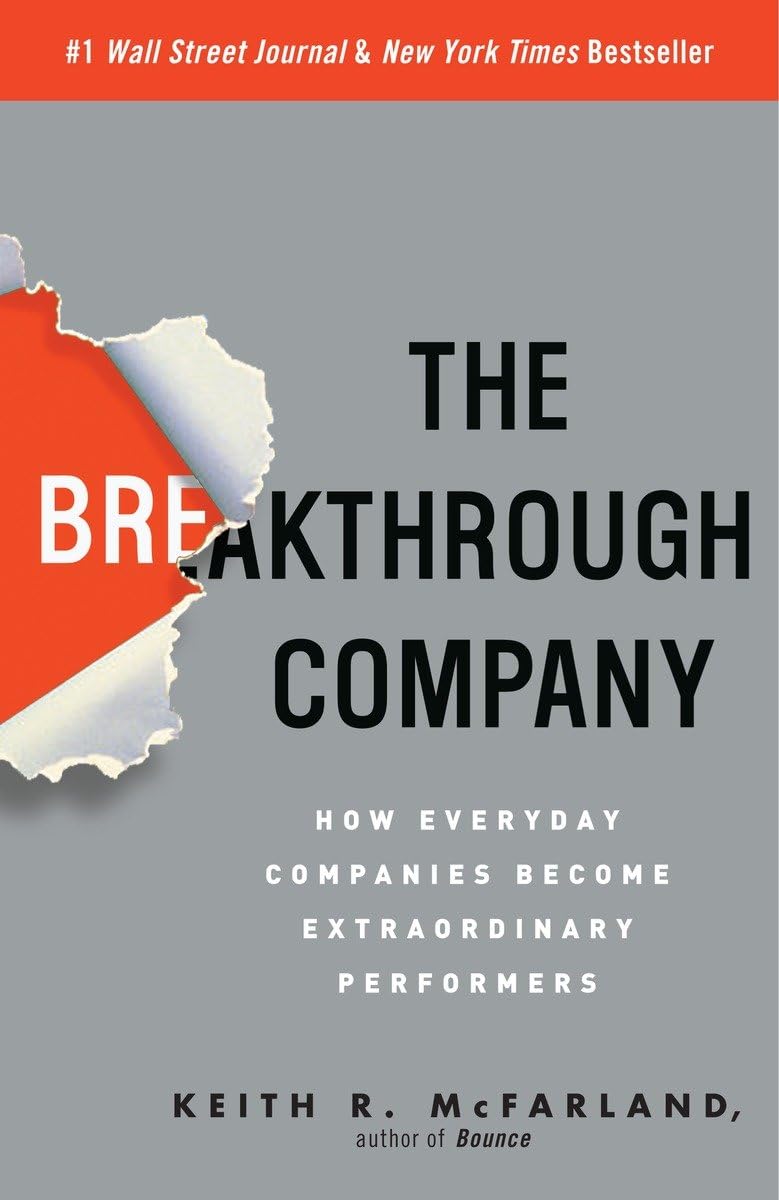There are many critical areas that need to be addressed by the owner of a business when preparing their company for a successful sale to a third party. What defines a successful exit? Being able to exit their business for their desired amount or higher, being able to exit on their terms, and do so in the most tax-efficient manner.
Before a business owner can exit their business with the desired financial security, they will more likely need to significantly grow their cash flow and their “transferable value” or marketability. Having a strong management team to lead the charge is imperative and often difficult to achieve. That is because few sophisticated buyers will consider acquiring a company without a strong management team, and other key employees, that will remain with the company after the sale.
Even if the owner plans to transfer the business to management or their employees, a strong management team that remains intact is crucial. It is also important that this be the case if the owner is transferring the business to their children. Management and key employees are important to develop and keep in place when the owner’s exit takes place.
Furthermore, it is important to create an employment structure for these key employees in a way that maximizes their motivation to increase the value of the firm.
At the heart of achieving this goal, is a well-designed key employee incentive program, designed in a way that as these employees meet their incentive-defined goals, you achieve the goal of making your company more valuable and marketable. These plans, if implemented correctly, is a win-win for the owner and for their key employees.
Another aspect of planning an exit in relation to your key employees is giving them a greater sense of commitment to them, by the company, and also challenge them to accomplish important growth-related goals. This often improves their satisfaction and gives them security once the transition begins to happen.
A white paper published by the Business Enterprise Institute, titled “Employee Incentive Planning”, mentions five criteria to include when creating a well-designed incentive plan. Here they are:
- The plan provides substantial financial awards to key employees. Experience has been (according to BEI) that a potential bonus of 25% of annual compensation is necessary to motivate an employee to modify performance.
- Performance standards are specific. Employees must successfully perform to determinable performance standards, such as achieving certain company net income or revenue goals.
- Performance standards are tied directly to increases in the company’s value. As the key employee achieves measurable objective standards, the company’s net income increases, the key employees a bonus.
- Part of the bonus is deferred and subject to vesting. This characteristic is commonly referred to as “the golden handcuffs.” It prevents the employee from severing his or her employment before being fully vested, forcing the employee to forfeit at least part of the deferred compensation if he or she does not stay with the company for the predetermined length.
- The plan is communicated in writing to key employees. Key employees must understand exactly how the plan works for the plan to succeed. The plan must be (a) simple; (b) easy to read; (c) communicated to employees face-to-face, with advisors present to answer any questions; and (d) contain a summary for easy reference.
Beyond these guidelines, you and your advisors must determine whether it will be stock-based incentive plan or a cash-based incentive plan – which way is feasible and more importantly, will motivate them the most.
In further referencing the BEI white paper, Equity-based incentive plans is one of the most powerful motivational and retention tactics that a closely held business owner can offer a key-employee.
Stock ownership for key employees can motivate them for several reasons:
- Stock ownership ties and further commits key employees to the company by making them part owner and more part of the company – That is the main advantage of an ESOP or Employee Stock Ownership Plan.
- The plan can require key employees to pay for ownership, thus investing themselves into the company. I personally think this is a great feature for further commitment and dedication.
- Stock ownership provides strong incentive to increase business value, as doing so increases the value of the employee’s stock.
Going the route of key employees owning stock does not go without potential disadvantages. It’s important for owners to be aware that even the smallest percentage of stock ownership implies significant shareholder rights, including the right to access the company books and records, including your salary, distributions, and perks. Even though it can positively change the outlook for the key employees receiving the share ownership, it can affect non shareholder employees, negatively.
Careful consideration needs to be done to determine if a stock ownership incentive plan is the right course to take. Stock based incentive plans are seemingly more appropriate for an insider transition or a transition to family members.
But, owners are more likely to find that a Cash Bonus Plan, or, a Stay Bonus plan is simpler and will probably run the smoothest, especially for a third-party sale. Some buyers may not like seeing a stock ownership plan in place over a cash Stay Bonus plan. The Bottom line is, this is a critical step in preparing your company for a third-party sale, and it needs to be put into place well before the sale takes place. Typically, there are three objectives with the key employees: 1. Motivate the key employees to increase the company’s value by increasing the cash flow in the period leading up to the sale. 2. Keep the key employees on board before, during, and after the sale. 3. Reward the key employees when the business is sold.
There are many critical areas to address when developing your written exit plan. Key Employee incentive planning is certainly one of them. If you would like more information on developing one of these plans, or to learn more about the exit planning process, feel free to contact me by email – [email protected].
“Exit planning services offered by Zeller Kern Wealth Advisors, a Registered Investment Adviser, are separate and unrelated to Commonwealth. Tax, legal, and business valuation services provided by third-party CPAs, attorneys, and other professionals are separate and unrelated to Zeller Kern.”
Steve Zeller

Steven E. Zeller
Steven Zeller is a CERTIFIED FINANCIAL PLANNER™ professional, Accredited Investment Fiduciary®, Certified Exit Planner, practicing Wealth Advisor, and serves clients nationwide. He has over 24 years of experience within his profession. READ MORE
What Steve Writes About

I write about the latest thoughts and topics that impact high net worth families, individuals, and business owners. The building and sustainability of family wealth and a business is an exciting journey, and I have a passion to help them along the way to grow and thrive.
The latest book that Steve is reading. He reads, all he can, material relevant to the high net worth family and business owners, so that he may pass it onto his readers.




Connect With Steve